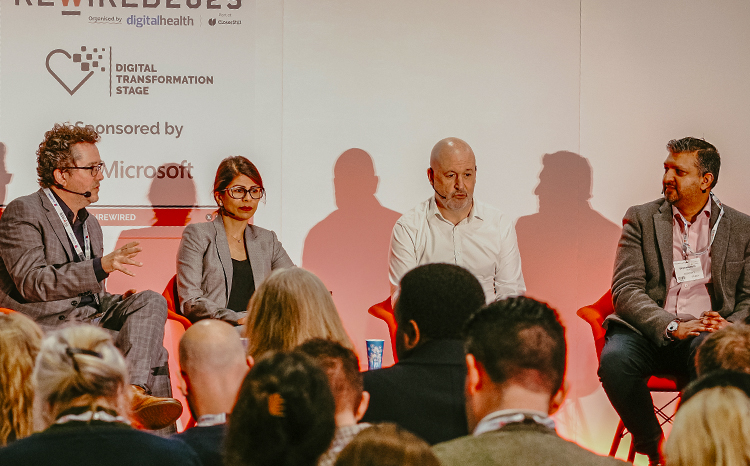Graphnet plugs wearables into care record
- 14 September 2016

A project to improve the care of patients with epilepsy has led to the launch of a Graphnet product that combines wearable technology, data analysis, and digital care records.
MyCareCentric Epilepsy is the outcome of ground-breaking work by a consortium in Poole that set out to use the sensing and geolocation technologies in smartphones to detect seizures and send alerts to clinicians, so they could provide more effective treatment and advice.
The Epilepsy Networks project, which involves the trust, the University of Kent, Graphnet and its associated company Shearwater Systems, started in November 2014. Dr Rupert Page, the chief clinical information officer of Poole Hospital NHS Foundation Trust, said it had learned a lot along the way.
“We have learned a lot about the limitations of wearables,” he told Digital Health News from the European Congress on Epileptology in Prague, where the solution was launched. “We evaluated a lot of devices, and found that closed APIs were a real problem.
“We also learned a lot about the accuracy of sensor data, such as heart rate, and we did a lot of work on getting medical quality data. We also learned that battery life is an issue – batteries really get hammered if you are using devices all the time.
“However, we have got to the point where we can identify 85% of seizures with no false positives, and that is from a relatively small data set. We believe that as we get a bigger data set, and start using machine learning, that will improve.”
MyCareCentric uses the Microsoft Band alongside other heart-rate monitors and smartphones. These capture data such as sleep patterns, exercise, heart rate, temperature and galvanic skin response (a change in the electrical resistance of the skin, associated with stress).
This information is collected into Microsoft HealthVault and analysed using machine learning on the Microsoft Azure platform. It is then combined with patient information from GP, acute and community systems pulled together in the Graphnet CareCentric record.
Clinicians are able to see patterns of seizures via a dashboard, while patients have access to a Shearwater Systems patient portal. Some alerts have been created to the dashboard so that, for instance, clinicians can be told if one of their patients has been admitted to hospital.
“We had a case where a patient was admitted to hospital for an unrelated condition,” Page said. “She needed surgery, and the hospital stopped her medication [which could have led to severe complications]. Because I could see she was in hospital, we were able to get her back on her medication, and stop that happening.”
The project now plans further work, so that patients can add notes and even video recordings to their data, and clinicians can contact them to give them advice.
Ian Denley, a director of Graphnet and Shearwater, said the project was about ‘closing the loop’ between consumer-focused technologies, such as wearables, and enterprise-focused systems, such as electronic patient records.
“We have been looking at other specialties where this might be relevant, for example COPD,” he said. “So far, we have built some of these applications ourselves, but we want to get to the point where third party applications can plug and play with us.
“Epilepsy is just 2% of neurology, but even so it has taken an awful lot of work to get this far. Now we are looking migraine. But we are working on APIs that will take inputs from other systems, because if someone else comes up with the best solution to, say HIV, then we want to be able to offer that.”
Page said he was confident the epilepsy solution would not only deliver better clinical care, but generate savings. He said there was a considerable time saving from using the dashboard to review what had been happening to a patient between appointments, over reviewing a paper diary or relying on their memory.
He said big changes would come from stopping routine follow-up appointments in outpatients altogether; which his trust is planning to do.
“We will still follow up, of course, but we might do that by telephone, or Skype, or asynchronous communication. The point is that if we no longer have routine appointments, then we will be able to be more flexible.”





